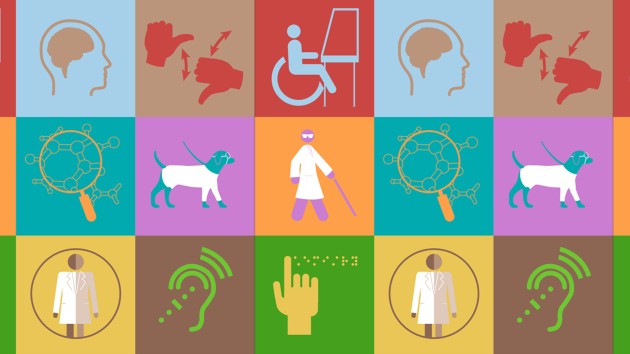
On the cosmic origins of membranes
Developing membranes would have been crucial for the origins of life. While their formation is debated, it is possible that the building blocks of our present-day cell membranes were formed in space.

Developing membranes would have been crucial for the origins of life. While their formation is debated, it is possible that the building blocks of our present-day cell membranes were formed in space.


Quantifying molecular complexity has the potential to enhance retrosynthetic analysis and, thus, aid the development of efficient total syntheses. This Perspective discusses methods for rigorous, reproducible complexity measurement, highlighting their potential to revolutionize traditional complex molecule synthesis and uncover new synthetic opportunities.
